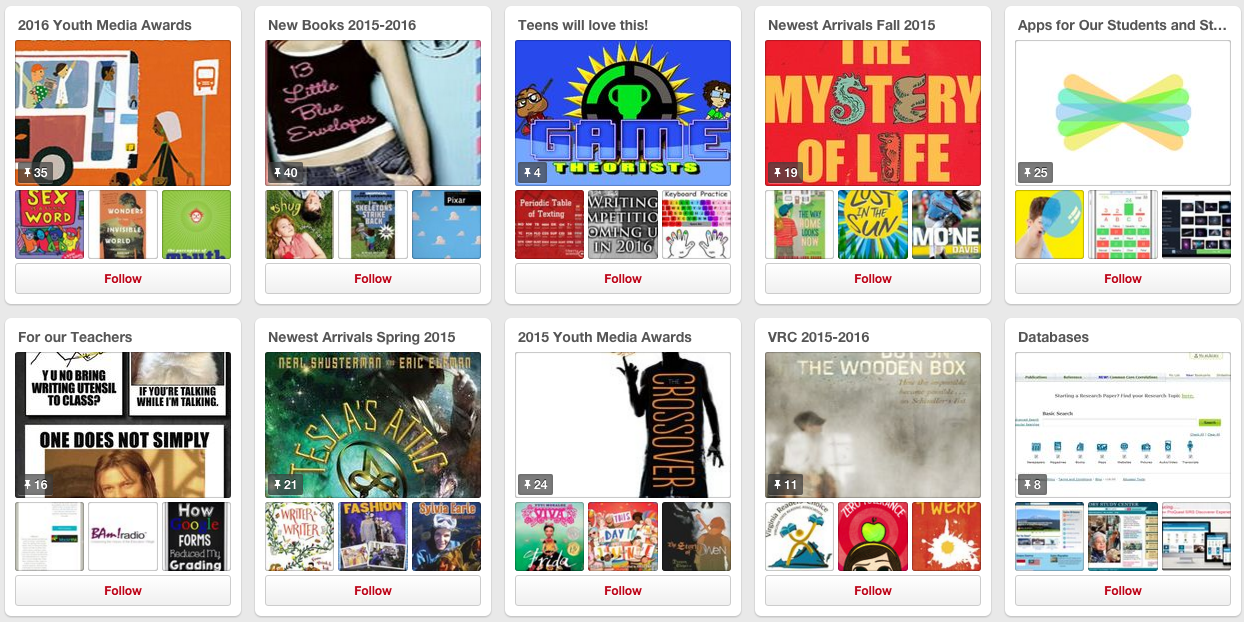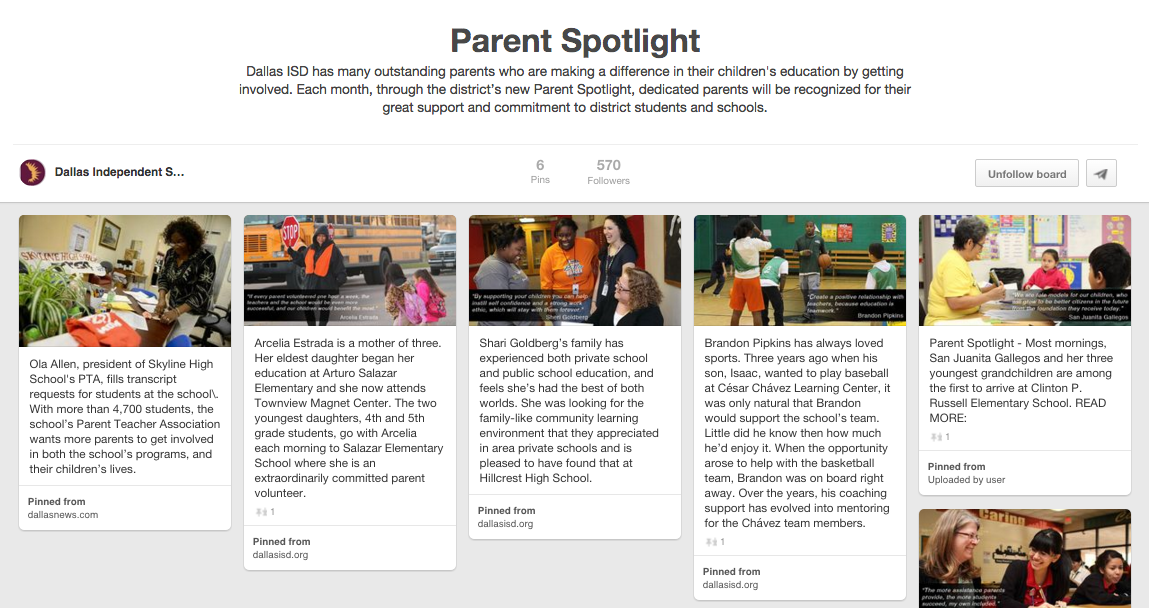11 Ways to Drum Up Parent & Administrator Support for Pinterest

Many schools, districts and parents may feel hesitant about jumping on the Pinterest bandwagon, or any social media bandwagon for that matter. Their fears are understandable, especially given the many laws and liabilities that school districts face. However, it’s possible to overcome those fears.
Here, we’ll look at why Pinterest is such an essential tool for schools to adopt and what schools can do on the platform, as well as how educators who are excited about Pinterest can overcome objections.
Allaying District and Parental Concerns
1. There are effective ways to safeguard student privacy
As cited in our resource on student safety and Pinterest, there are several key ways that educators who want to get their students onto Pinterest can safeguard their privacy. Additionally, creating a Pinterest account can be a great opportunity for teachers to instruct their students in principles of online safety, and in what does and does not constitute bullying. These are all realities that modern students will face as they navigate the digital landscape. Pinterest, a platform that will intuitively interest students, is a great opportunity to start driving these lessons home.
2. Pinterest doesn’t have to violate phone policies
If your school limits or bans the use of student phones during school hours, you’re in luck. You can use Pinterest just as well on a desktop, laptop or tablet as you can in a phone app.
3. Parents can make an effective oversight force
Parents can and should be asked to help monitor a student’s use of Pinterest. Doing so will help to alleviate parents’ fears, while also allowing them to monitor things like time usage and the quality of the content they’re finding.
4. Students don’t have to sign up
There are many ways to use Pinterest in the classroom without having students make accounts. Teachers can use Pinterest for inspiration, as a way to source materials for the class, and to exchange feedback. They can also make public boards that students can browse without having an account. School libraries can do the same, as can schools themselves, as we explore in greater depth below.
5. Clarify the benefits to the school
A good Pinterest presence is great marketing for schools, something that’s increasingly needed in an era of school choice and limited funding. On Pinterest, potential students and parents can see firsthand all that the school offers. Soon-to-start students can browse boards to familiarize themselves with the school. Just being on Pinterest shows an element of digital literacy that should be attractive to modern parents and students.
How Schools Can Use Pinterest Effectively
There are many ways that students and teachers can use Pinterest in the classroom, but the fun doesn’t stop at the classroom walls. In fact, there are many trailblazing schools out there that are using the platform in impressive and inspiring ways. Here are just a few examples.
1. Make a library page
The visual medium of Pinterest is actually a fantastic place to get students excited about reading. Just take a look at how Larkspur Middle School’s library does it:

Here you’ll find boards to spark excitement about reading and reading resources across the genres. There’s a board for new arrivals, for titles they’re looking for, for being a big book fan, and even for librarian humor. This is a great resource for students, teachers and parents alike.
2. Connect with schools across the world
Does your school have a ‘sister school’ in a faraway country? Pinterest is a great place to get to know each other and exchange interesting tidbits about customs. Think of it as pen-pals for the 21st century. Your school could have one board devoted to the exchange, or several subsets, like, food, language and customs. This way, both the home school and the exchange school can pin photos, videos and music that express their culture, or they can even work on a collaborative project across borders.
3. Integrate into professional development
Not all professional development has to happen in a seminar. Schools and districts can easily create boards devoted specifically to professional development, featuring a set of materials on the chosen topic. Teachers can browse on their own time and bring their knowledge to the next big meeting to share or work on a project together.
4. Showcase success
Whether it’s a student who’s never missed a day all year, a student who has contributed to an impressive community service project, a teacher who put a lot of work into a creative class project, or a parent who’s gone above and beyond for a birthday party contribution, a spotlight board will give both the honorees and the school community members a sense of pride.
Dallas ISD’s Parent Spotlight board is a great example:

These features are simple but effective. We see a photo of the parent mentioned and a short description with the possibility to read more. You better bet that does a good job of building a strong community.
5. Share teaching ideas
Teachers are already on Pinterest seeking out and sharing new teaching ideas. Schools and districts that follow their teachers on Pinterest can curate the best of the best onto boards of their own. This is a great way to disseminate new ideas and do a little subtle professional development while making teachers feel noticed, respected, encouraged and heard.
6. Plan class field trips and school parties
Corralling students and parents to bring items in for a big party or multi-classroom field trip can be a coordination nightmare for everyone involved. Inject some fun back into the experience by having students and parents claim responsibility for supplies off the list by pinning a photo of that item to a party or field trip board under their avatar.


